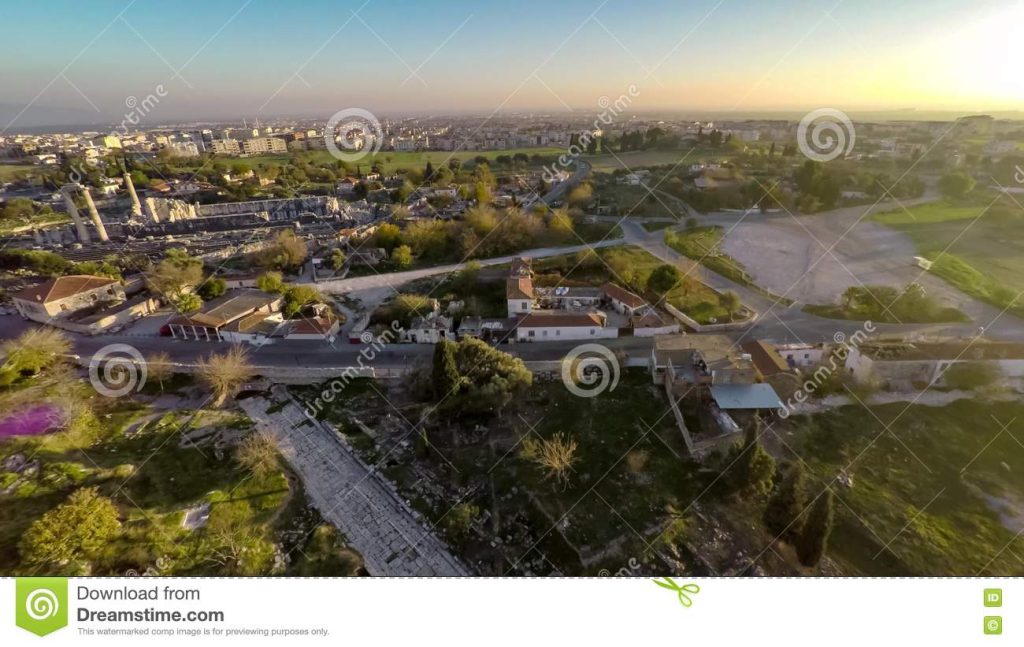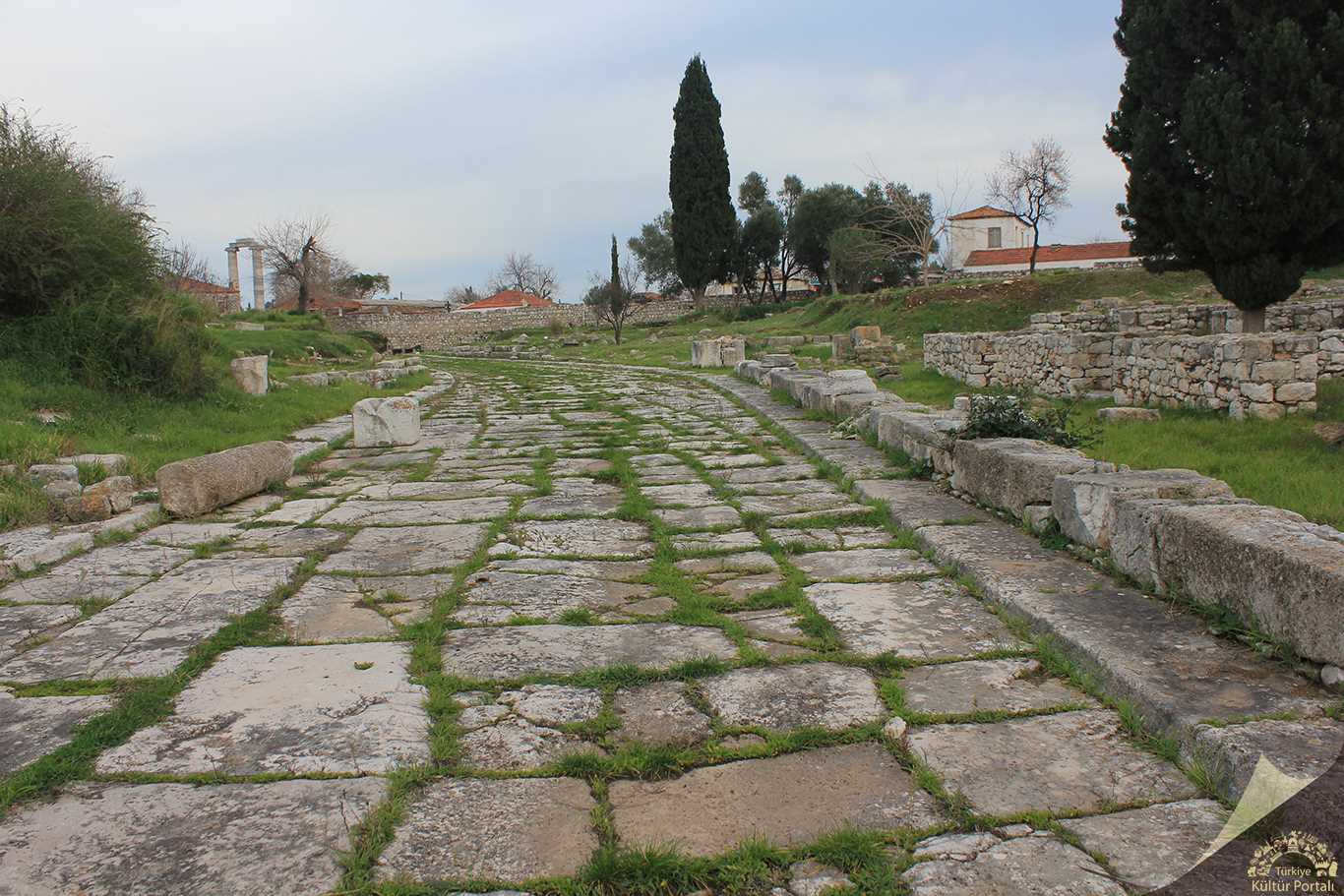This closure of the ancient road to visitors has perplexed me for many years, primarily, because I could see neither rhyme nor reason for it to be so, writes Glenn Maffia
I continuously questioned locals, the local Tourist Information Centre and resident archaeologists and historians, all were at best vague, proffering a variety of equally incredulous answers.
It proved frustrating, as it seems to be a national trait to circumvent a straight question with an oblique reply. This circuitous avoidance was compounded when, on many occasions, I observed the rural shepherds roaming upon the site with their flocks. “No one is telling them to get off. Why?”
I searched for this elusive answer with two archaeologist friends in Europe who are familiar with the site.

It appeared that they too had also had been confronted with the same wall of silence. I found this irritatingly ironic as it was the European archaeologists who were charged with the building of the wall which prevents admittance to the site.
Surely they must have asked why? Prior to this wall one could wander into this area without complaint or censor. This whole matter was beginning to take on the mysterious shades which inflamed my curiosity.
It wasn’t as if I were inventing phantoms of deceit, for the public were essentially barred from entering this fascinating area of the Temple’s environment.
I did consider that this entire charade could be something as mundane as the bureaucracy cogs turning wearily slowly. Bureaucrats are notoriously punctilious the world over, and one would never equate the word ‘vibrant’ with that particular profession.
Nonetheless, when I noticed that the information boards were being prepared and situated along the Road one year (circa 2014-2015), my spirits and expectations rose that all was now going to be promising for some grand opening and the public would once again be allowed admittance. Though nothing, absolutely nothing, happened.
Why erect information boards if the public continue to be excluded? It did not make any sense.
A couple of years back I was observing the archaeologists investigating the influx of water into the Temple’s precinct when one of them seated herself quite close to my table. Naturally, we spoke of this problem concerning the water. The conversation continued and she introduced herself.
I was familiar with her name and knew that she was very close the Director of Excavations. I, therefore, extended the conversation to ask about the continued closure of the Sacred Road and why erect information boards when no one can have the delight in reading them? “But we want it to be open”, she emphatically replied, before returning to work.
I had from the beginning believed that to be the case, for why else situate the boards in situ upon the Road? Thus, thinking the archaeologists had been exonerated I resolved to visit the Miletus Museum to question the people there.
My initial enquires at the Museum were interesting, in their evasion, though it was obvious that the people I spoke to were not senior members of the Museum staff, as charming and delightful they certainly were.
Not to be dissuaded I visited once again earlier this year, before ‘lockdown’, and was fortunate enough to be seen by a senior member this time around, again a very courteous person. He was joined by some other members as their interest was roused by my questions.
At first, they insisted the Sacred Road is indeed open, though I had anticipated this reply and quickly became more specific, “No, not the Akkoy and Mavisehir access points, the paved section of the Road at its conclusion near the Temple”.
Fortunately there hung a photograph on the wall that, conveniently for me, depicted the locked gates in the corner of the photo. “Here”, I pronounced, stabbing a finger at the photo, “These gates are permanently locked”.
They all looked at one another and then began to talk (too fast for me to understand their Turkish) then spoke to me once more, “But it was the Director of Excavation’s idea to keep it closed”.
At last, an answer, but not one I was anticipating. A European archaeologist insisting to keep off-limits to the public an archaeological site? I was left dumbfounded, and with more questions than answers. So began a new pursuit of questioning by me elsewhere.
